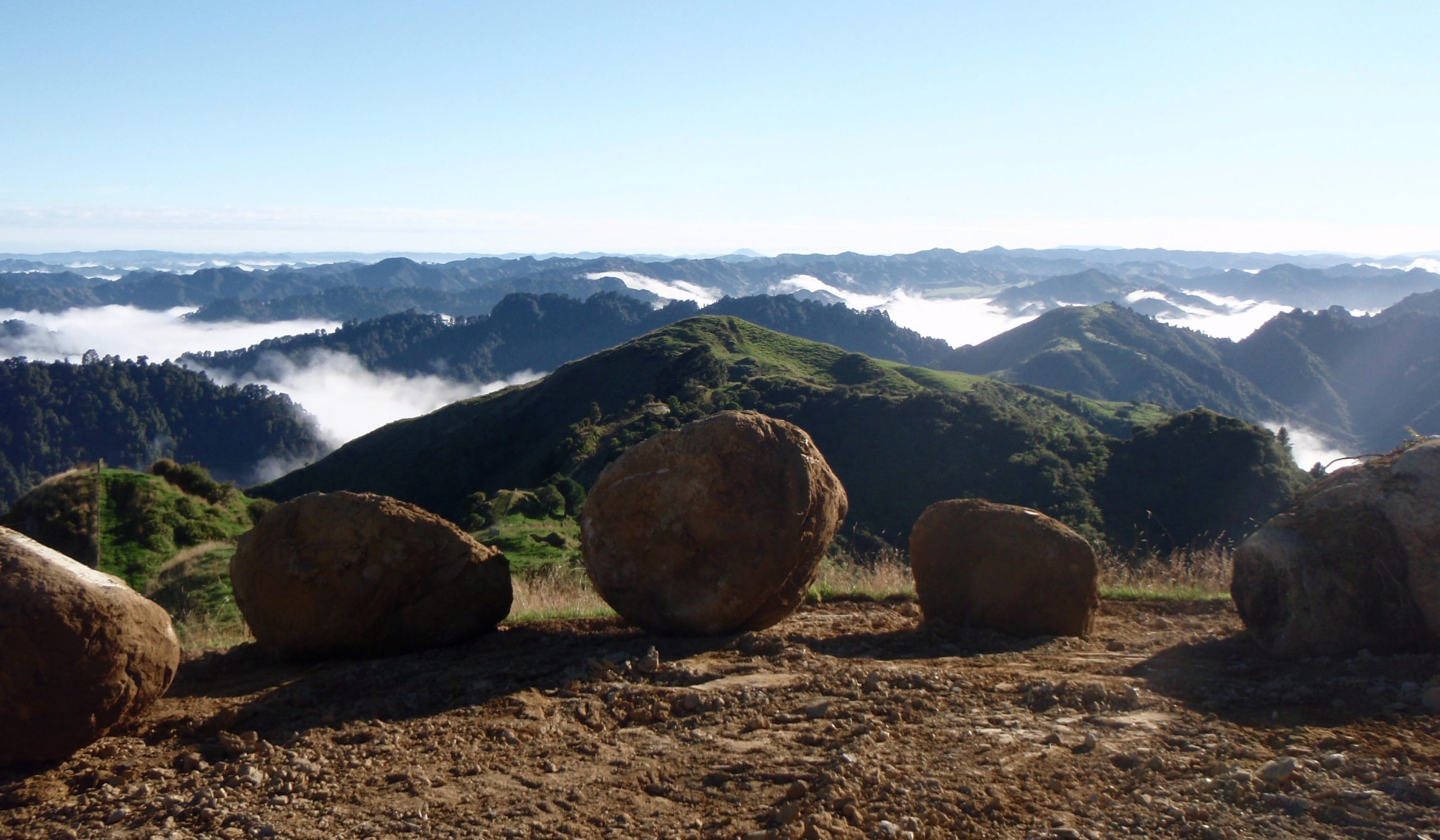If we understand that movement is life, then we can also recognise that movement is not about calorie-burning, body shaping, goal-achieving or even simple athleticism.
All of these things may really work for you, but none of them encompass the true essence of movement.
Moving is about being alive; and being alive is about vitality, reducing suffering, embracing joy (among many other things).
If we cannot separate movement from achievement, then we will be shackled to the idea that movement should look and feel a certain way, that it is perhaps a punishment, that it is something to suffer.
Movement is about finding a way of being in your body that is joyful, nourishing, supportive, caring, confident, magnetic.
It is about something that feels good for you and that supports your sense of ‘aliveness’ or vitality.
We also need to recognise that our movement needs may change over time or in different situations.
Walking is a go-to movement for many of us, though not for all.
For others it will be spinning the wheels of their chair, or their bike, or a partner on the dance floor.
Some will swear by yoga and others will swear never to do it again.
Sometimes you will run because you like to; sometimes you will hate it.
Today you might slump around for 20 minutes because you can’t be bothered, tomorrow you might ride for hours.
You might triathlon. You might ultra. You might stretch. You might practise for your black belt. Tai-chi. Parkour. Parkrun. Do the gardening.
When movement is life and it is happening everywhere, then you can take your pick of the options for moving.
Overcoming inertia is always the hardest part.
Whatever you choose, listen to your intuition.
Intuitive movement is about giving your body what it wants and needs through tuning into your body’s sensations.
What would you like to do today? Where can you feel tension in your body that you could attend to?
Asking yourself questions about what you are drawn to, and giving yourself answers with an interest in the ‘Why?’ is a simple way of getting to know your body more fully, becoming embodied, becoming grounded.
Exercise naturally
Next time you’re exercising, consider integrating jumping, squatting, crawling and lifting into your routine.
Many practitioners also encourage you to try these movements barefoot and outside in a natural environment for maximum benefit.
If the weather is suitable, why not find somewhere pleasant and clean to walk barefoot and see how it feels.
Alternatively, stay inside and get playful.
The living room floor is the perfect place to do a bit of stretching, crawling and squatting without anyone else seeing.
As you get braver, head out to a local woodland and do some jumping around using natural obstacles like fallen trees, branches and puddles.
It’s a lot of fun and being more playful is great for our wellbeing too.

Natural movement
In recent years, there has been a resurgent interest in natural movement.
Definitions and systems abound, but it can be simply understood as movements that are in ‘accordance with nature’.
As humans are part of nature, this can be anything that the human body is able to do, or does do, in order to function, such as walking, climbing, lifting, or catching.
Practitioners of natural movement encourage us all to move in a variety of ways that are natural for our strength, flexibility, function and overall wellbeing, but which we may have forgotten over the centuries as we have moved indoors and become sedentary for long periods.
The benefits of moving outside
Movement, wherever you do it, will be beneficial, but taking it outside adds a holistic dimension.
Research suggests that physical activity undertaken in a natural environment provides greater synergistic benefits than either regular indoor exercise or contact with nature alone.
So-called ‘green exercise’ has the grounding benefits of enhancing mood and self-esteem, can reduce blood pressure and burn calories, and often facilitates social connection at the same time.
Mixing up different types of exercise in different habitats has also been found to be beneficial.
And the best news of all – the greatest benefits were found to occur in the first five minutes of exercise.
After that, you can simply enjoy the views knowing that good things are happening while you move.
Of course, before gyms and other purpose-built indoor facilities, exercising outdoors would have been the norm.
Taking movement outside is nothing new but perhaps something we need to remember to do more, scheduling it into our week when we can.
Outside you don’t just get exercise, but you feel the weather on your body, experience the sights and sounds of nature, and see other life in movement.
The question is not why take movement outside, but why wouldn’t you?
Stillness through movement
Achieving stillness in nature is not just about standing or sitting without moving.
Moving about in nature can also create a sense of inner stillness or quiet.
The process of moving can be highly relaxing, enabling us to tap into the meditative qualities of nature, in the same manner as sitting still.
Through movement, the jangly, stressed energy of the day can be discharged, and we can become quite mindful, letting thoughts come and go, with the only focus being the movement itself.
This is a different way of being still in nature, when being externally motionless feels too hard to achieve.
Sitting still is not for everyone; and sometimes sitting with our feelings in a mindful way is too overwhelming, or brings up too much emotion to deal with.
In these cases, moving outside in nature can be a far more accessible and less overwhelming way of accessing inner stillness and a break from the internal noise.
Movement in mind
Gaining greater awareness of how the movement of our mind – our mental activity – affects us, and how this can be focused and grounded is also key to wellbeing.
We can learn to gently notice the movement that happens inside us – the physical sensations, emotions – as a means of getting in touch with ourselves and becoming more grounded through self-awareness.
Once we acknowledge what’s going on, it becomes possible to track movements in terms of intensity and longevity, and then to notice, act on, or simply to watch with curiosity, the thoughts and sensations.
Feelings, moods and thoughts are like the weather: they come and go.
Often, they will blow through us and transform into something else if we watch for long enough.
Attaching to anything in particular can be unhelpful, but times of bad weather can be destructive if we don’t simply let it run its course, without pressure or judgement.
Attaching too heavily is akin to hugging a storm.
Following our most negative feelings often leads to further despair.
We are sometimes wiser to take cover, keep safe and emerge when the winds have settled.
What lies beyond is clearer sky.
From here, there is often improved clarity and we can make better choices for ourselves.

Just walk
As humans, we like to make things complicated and having made life very complex, we can be sceptical about simple things having any benefit.
However, walking is one of the simplest ways you can move into a better state of wellness.
The holistic benefits of walking, even for 15 minutes a day, have been well documented in recent years:
- Walking outside in good daylight boosts vitamin D, which many of us are deficient in but has a natural anti-depressant effect.
- Walking lowers levels of the stress hormone cortisol in your body and interrupts the parts of your brain associated with sadness and rumination
- Walking helps you feel grounded and provides a means of gaining inner stillness and its rhythmic movements have meditative benefits.
Spot inner weather patterns
Investing time in thinking about how you think – the features of your prevailing mental ‘weather system’ – is time well spent.
By noticing which thoughts you focus on, and which you don’t, you can determine how mental energy – movement – flows through the system.
Awareness brings an element of choice, agency, and opportunity to become more grounded – would you rather move into good feelings, or into bad?
Consider keeping a ‘weather diary’ of your moods a few times a day over the course of a week.
Instead of labelling each mood as ‘happy’ or ‘sad’, try using a more descriptive weather metaphor.
Note the nuances in your mood in the same way as you might explain the weather outside.
This might enable you to track and observe your short-, medium- and long-range forecast.
It might help you see that things pass and if they don’t, perhaps this is when you need to seek help.
When we can spot our own weather patterns, and become more aware of what comes and goes, then we can accommodate ourselves accordingly, supporting ourselves more at times when we predict we will need more love and care.
Audit your life ecology
Are you commuting long hours? If so, what do you need to do to minimise the physical and mental impact?
In order to support your own sustainable sense of vitality, it’s important to consider the whole environment or ‘ecology’ of your life.
Put another way, does the ‘set up’ of your life support an overall sense of aliveness and wellbeing? You could start by asking yourself the following questions:
- Are you moving enough throughout the day?
- How much time do you spend in artificial environments?
- Are you making healthy choices with your food and drink?
- Are you getting enough sleep?
- Do you give yourself time to relax and switch off?
- Are you mindful about the time and content of your media consumption and how it leaves you feeling?
- What about your relationships? Are the connections in your life meaningful and supportive?
This might sound daunting, but it needn’t be.
All you need to do is keep an eye on the things that you might not usually consider as having an effect, understanding that every choice we make has the potential to support or diminish our wellbeing and sense of grounding.
Nature teaches us that everything is connected and needs attending to if we are to be ‘healthy’.
Why not take a half an hour in the next week or so to give yourself the gift of a gentle, whole-system, wellbeing audit?
Grounded: How Connection With Nature Can Improve Out Mental and Physical Well Being written by Ruth Allen is on sale now.






